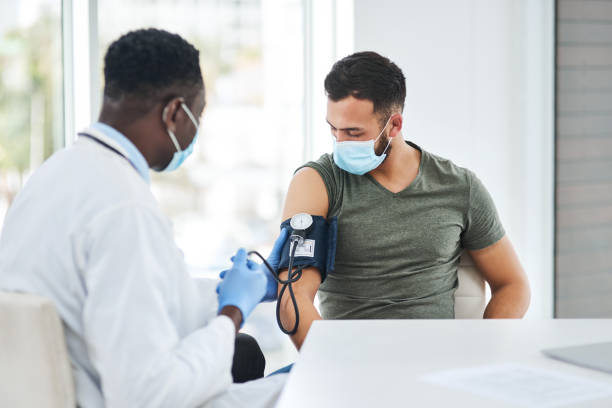The ONE organ responsible for high blood pressure.
Natural Remedies To Increase Blood Pressure

What is a dangerously low blood pressure?
A sudden fall in blood pressure can be dangerous. A change of just 20 mm Hg — a drop from 110 mm Hg systolic to 90 mm Hg systolic, for example — can cause dizziness and fainting. And big drops, such as those caused by uncontrolled bleeding, severe infections or allergic reactions, can be life-threatening.Natural remedies
Most people with low blood pressure do not need medications or other medical interventions to raise blood pressure. There are plenty of natural ways and lifestyle changes to raise low blood pressure, including the following lifestyle changes. 1. Eat more salt Contrary to popular advice, low-sodium diets are not good for everyone with blood pressure problems. People with low blood pressure should consider increasing their sodium intake moderately to help raise blood pressure. 2. Avoid alcoholic beverages Alcohol can lower blood pressure further, so people with low blood pressure should avoid drinking excessive amounts of alcohol. 3. Discuss medications with a doctor Low blood pressure can be a side effect of a variety of medications. If symptoms of low blood pressure begin after starting a medication, a person should discuss the symptoms with their doctor. 4. Cross legs while sitting Crossing the legs while sitting has been shown to increase blood pressure. For people with high blood pressure, this can be a problem. For people with low blood pressure symptoms, crossed legs may help increase blood pressure with minimal effort. 5. Drink water Drinking more water can help increase blood volume, which can aleviate one of the potential causes of low blood pressure. It can also help avoid dehydration. 6. Eat small meals frequently Eating smaller, more frequent meals throughout the day may help with low blood pressure. This is because the smaller meals help prevent a drop in a blood pressure associated with eating larger, heavier meals. 7. Wear compression stockings Compression stockings help reduce the amount of blood that gets caught in the lower legs and feet, so shifting it elsewhere. Compression stockings are also used to help relieve pressure and pain associated with varicose veins. 8. Avoid sudden position changes Sitting up or standing up rapidly can cause a feeling of lightheadedness, dizziness, or potential fainting in people with low blood pressure. In these cases, the heart has not pumped enough blood through the body quickly enough to account for the sudden change in position or elevation. 9. Be aware of symptoms Low blood pressure is only considered a problem if symptoms exist. If there are no symptoms present, low blood pressure should be taken as a sign of good health. It is important for a person to know the symptoms and what to look out for if their low blood pressure starts to cause problems.Causes
There are a number of potential causes of low blood pressure. In some cases, the underlying condition will need to be treated to correct low blood pressure. Some of the most common causes include:- nutritional deficiencies
- prolonged bed rest
- pregnancy
- medications
- severe infections
- allergic reactions
- fall in blood volume
- heart issues
Symptoms
Some people with low blood pressure have no symptoms. In these people, low blood pressure is generally not dangerous or concerning. However, even showing one or two symptoms may signal a problem. Low blood pressure can cause the following:- dizziness
- fainting
- inability to concentrate
- blurred or distorted vision
- nausea
- fatigue
- rapid or shallow breathing
- clammy skin
- confusion or disorientation
- rapid heartbeat
- weak pulse









